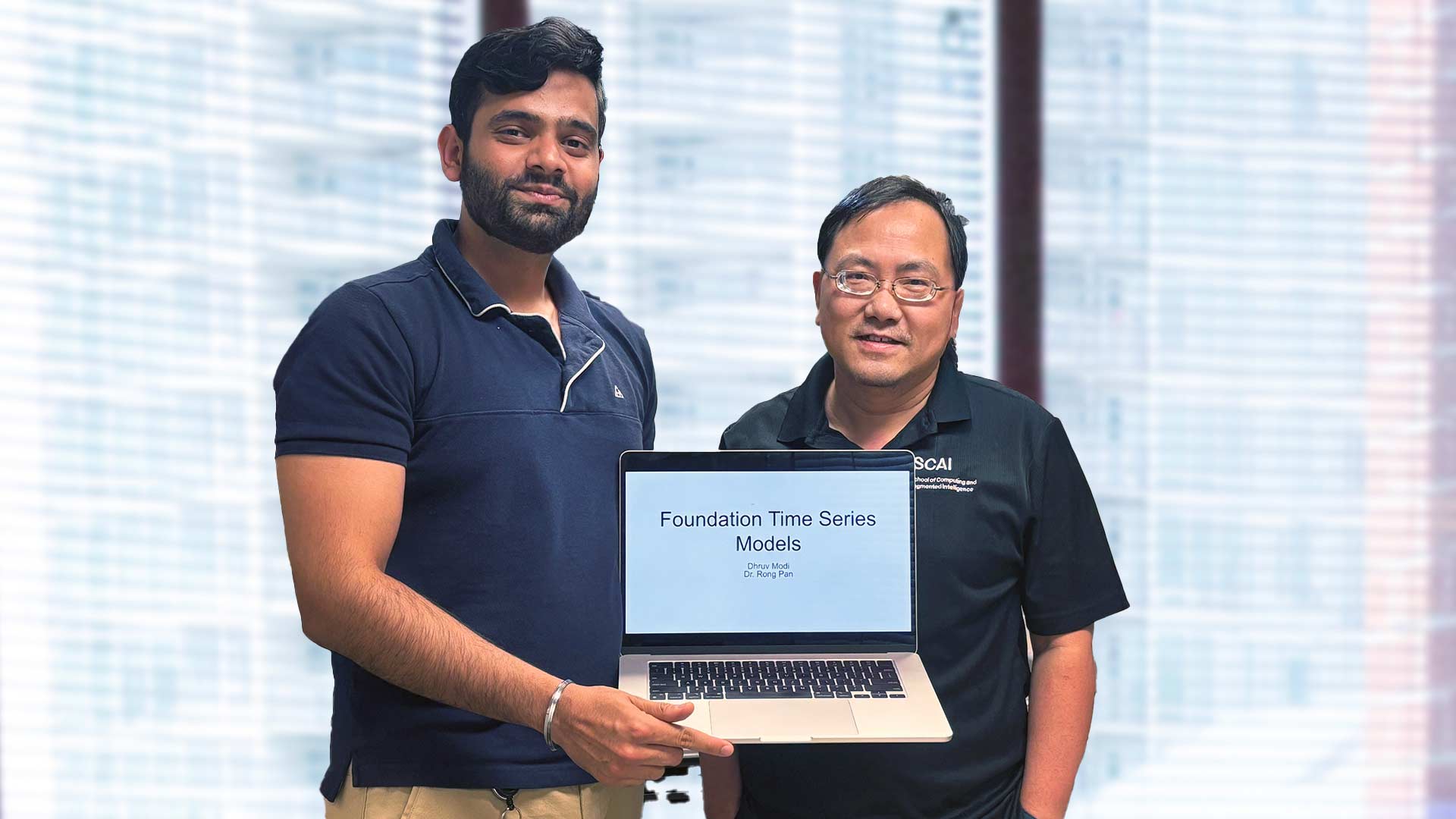
Arizona State University (ASU) has reached a significant milestone with the graduation of the inaugural cohort from its School of Computing and Augmented Intelligence (SCAI). A total of 47 students have completed their academic programs, stepping into careers that emphasize data-driven innovation, interdisciplinary research, and leadership in technology sectors.
Established to address the growing demand for professionals in fields such as data science, machine learning, artificial intelligence, and computational systems, the SCAI program at ASU provides a rigorous curriculum that blends theoretical foundations with practical applications. The school integrates computer science, informatics, and engineering education to prepare students for the evolving technology landscape.
Graduates have undergone comprehensive training encompassing data analytics, programming, systems engineering, and human-centered design to solve real-world problems. Throughout their time at ASU, many students participated in hands-on projects and research collaborations with industry partners, enhancing their readiness for professional roles or further academic pursuits.
In alignment with ASU’s emphasis on innovation and social impact, the School of Computing and Augmented Intelligence also focuses on ethical computing practices and inclusive technological development. The graduates are expected to take on roles in emerging industries such as autonomous systems, intelligent infrastructure, digital health, and cybersecurity.
The school’s leadership commended the pioneering class for their dedication and resilience, particularly as they navigated a transformative academic landscape influenced by rapid technological advances and global challenges. The institution aims to continue expanding its academic offerings and industry partnerships to support future student cohorts and keep pace with technological progress.
As these 47 alumni begin their professional journeys, they represent a new generation of tech-savvy problem solvers equipped to influence the future of digital innovation and computational science.
Source: https:// – Courtesy of the original publisher.






